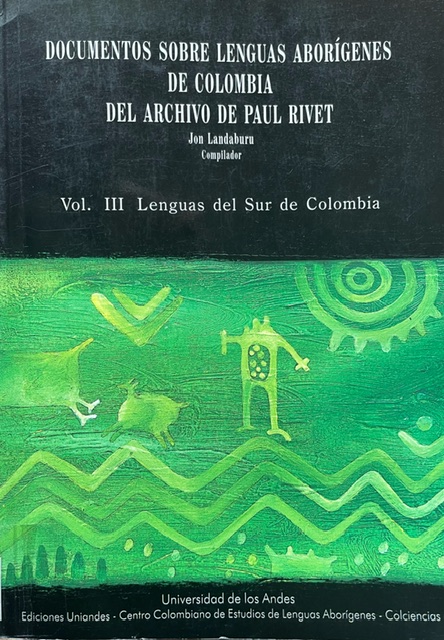The Cambridge handbook of cognitive linguistics edited by Barbara Dancygier
Tipo de material: TextoIdioma: Inglés Series Cambridge handbooks in language and linguisticsEditor: Cambridge, UK New York Cambridge University Press 2017, reimpresión 2018Descripción: xvi, 823 páginas ilustraciones 24 cmISBN: 9781107118447Tema(s): Lingüística cognitiva -- Manuales | Psicolingüística -- ManualesClasificación CDD: R 410.19
TextoIdioma: Inglés Series Cambridge handbooks in language and linguisticsEditor: Cambridge, UK New York Cambridge University Press 2017, reimpresión 2018Descripción: xvi, 823 páginas ilustraciones 24 cmISBN: 9781107118447Tema(s): Lingüística cognitiva -- Manuales | Psicolingüística -- ManualesClasificación CDD: R 410.19 | Tipo de ítem | Ubicación actual | Colección | Signatura | Copia número | Estado | Notas | Fecha de vencimiento | Código de barras |
|---|---|---|---|---|---|---|---|---|
| Libros | Sede Yerbabuena | Colección Referencia | R 410.19 C178 | ej. 1 | Disponible | tmt10 | 500082640 |
Incluye referencias bibliográficas (páginas [685]-816) e índice
Introduction Barbara Dancygier; Part I. Language in Cognition and Culture: 1. Opening commentary: language in cognition and culture N. J. Enfield; 2. Relationships between language and cognition Daniel Casasanto; 3. The study of indigenous languages Sally Rice; 4. First language acquisition Laura E. De Ruiter and Anna L. Theakston; 5. Second language acquisition Andrea Tyler; Part II. Language, Body, and Multimodal Communication: 6. Opening commentary: polytropos and communication in the wild Mark Turner; 7. Signed languages Sherman Wilcox and Corinne Occhino; 8. Gesture, language, and cognition Kensy Cooperrider and Susan Goldin-Meadow; 9. Multimodality in interaction Kurt Feyaerts, Geert Brone and Bert Oben; 10. Viewpoint Lieven Vandelanotte; 11. Embodied intersubjectivity Jordan Zlatev; 12. Intersubjectivity and grammar Ronny Boogaart and Alex Reuneker; Part III. Aspects of Linguistic Analysis: 13. Opening commentary: linguistic analysis John Newman; 14. Phonology Geoffrey S. Nathan; 15. The construction of words Geert Booij; 16. Lexical semantics John R. Taylor; 17. Cognitive grammar Ronald W. Langacker; 18. From constructions to construction grammars Thomas Hoffmann; 19. Construction grammars Thomas Hoffmann; 20. Cognitive linguistics and pragmatics Kerstin Fischer; 21. Fictive interaction Esther Pascual and Todd Oakley; 22. Diachronic approaches Alexander Bergs; Part IV. Conceptual Mappings: 23. Opening commentary: conceptual mappings Eve Sweetser; 24. Conceptual metaphor Karen Sullivan; 25. Metonymy Jeannette Littlemore; 26. Conceptual blending theory Todd Oakley and Esther Pascual; 27. Embodiment Raymond W. Gibbs, Jr; 28. Corpus linguistics and metaphor Elena Semino; 29. Metaphor, simulation, and fictive motion Teenie Matlock; Part V. Methodological Approaches: 30. Opening commentary: getting the measure of meaning Chris Sinha; 31. The quantitative turn Laura A. Janda; 32. Language and the brain Seana Coulson; 33. Cognitive sociolinguistics Willem B. Hollmann; 34. Computational resources: framenet and constructicon Hans C. Boas; 35. Computational approaches to metaphor: the case of MetaNet Oana A. David; 36. Corpus approaches Stefan Gries; 37. Cognitive linguistics and the study of textual meaning Barbara Dancygier; Part VI. Concepts and Approaches: Space and Time: 38. Linguistic patterns of space and time vocabulary Eve Sweetser and Alice Gaby; 39. Space-time mappings beyond language Alice Gaby and Eve Sweetser; 40. Conceptualizing time in terms of space: experimental evidence Tom Gijssels and Daniel Casasanto; 41. Discovering spatiotemporal concepts in discourse Thora Tenbrink
Una encuesta exhaustiva sobre el desarrollo rápido de la disciplina de la lingüística cognitiva, su rica metodología, resultados clave y contexto interdisciplinario. Proporcionando una visión general accesible de preguntas de investigación , conceptos básicos y varios enfoques teóricos, el Manual ubica los hechos lingüísticos en el contexto de los estudios de gestos, neurociencia, enfoques computacionales y muchos otros campos
Imposoluciones Compra 10/10/2019 Factura - 162 $668900
Lenguaje y lenguas




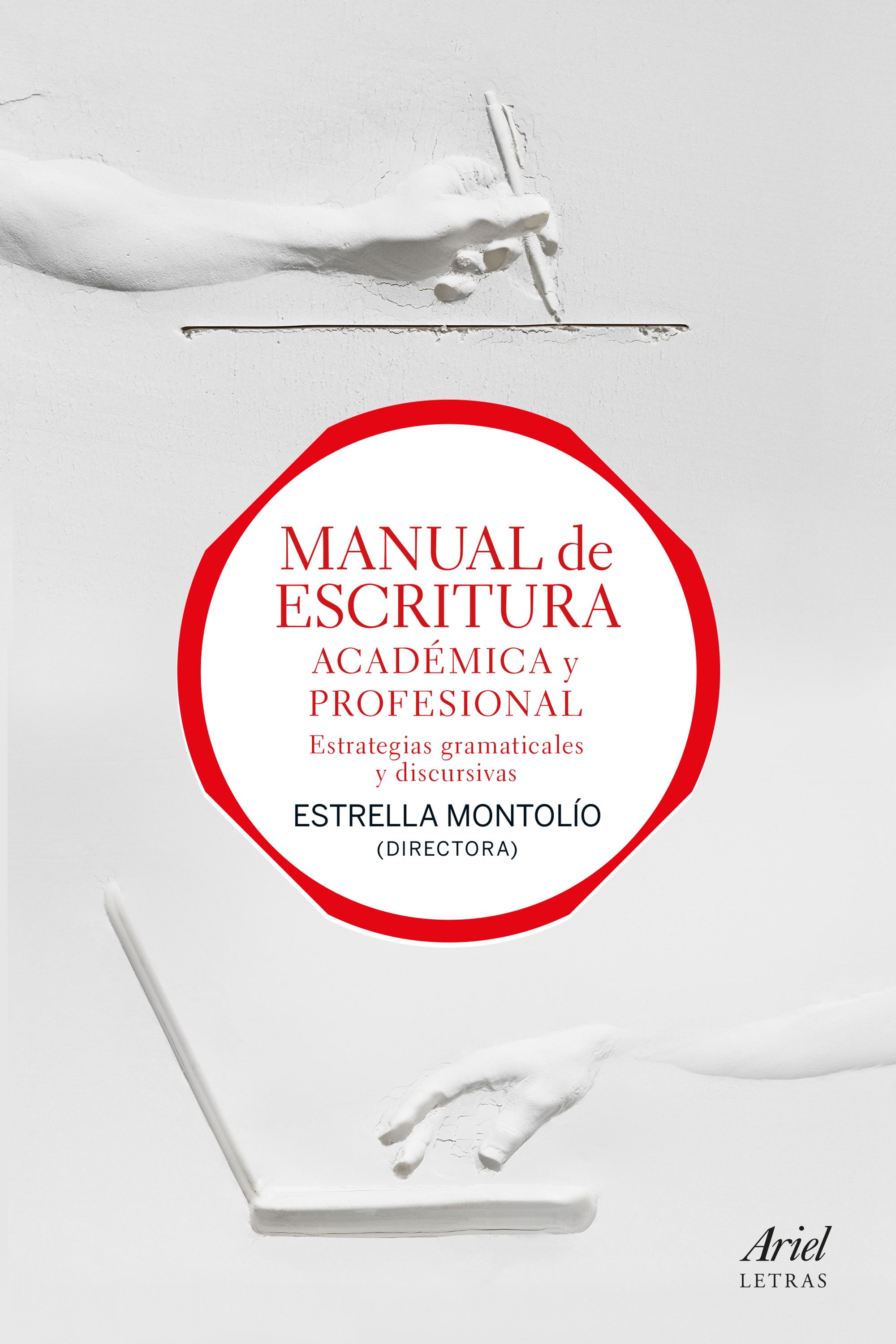

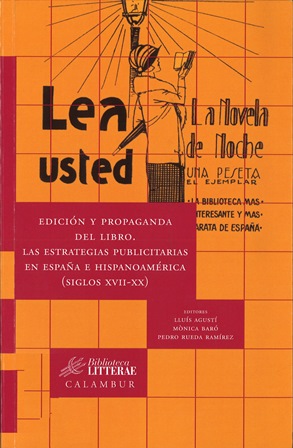
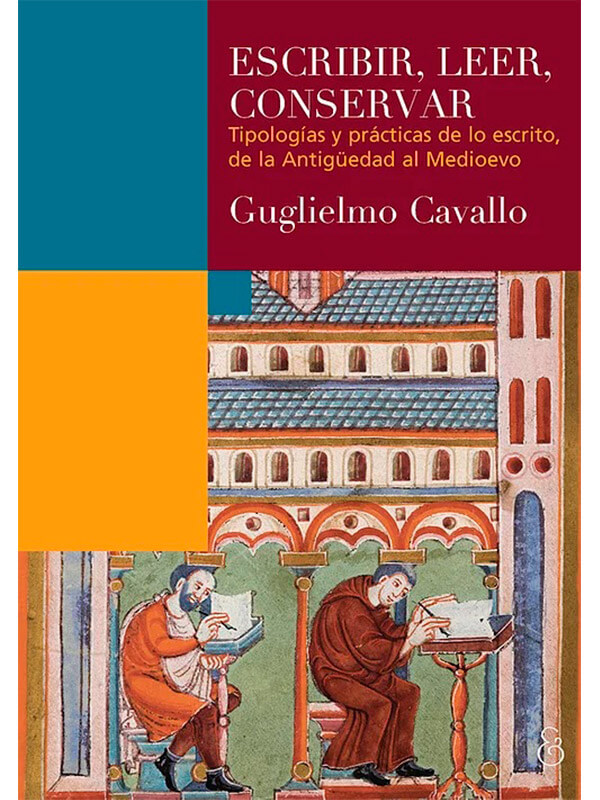

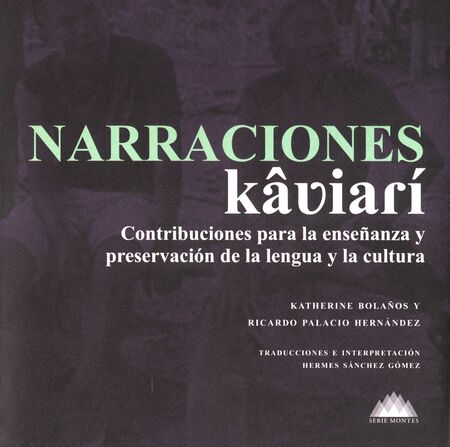
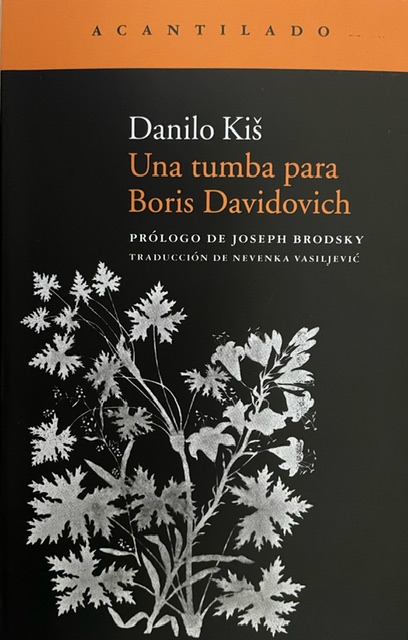
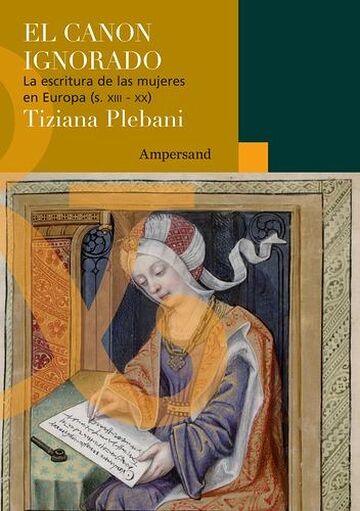
![Los indios katíos: Su cultura [y] su lengua / Constancio Pinto García Los indios katíos: Su cultura [y] su lengua / Constancio Pinto García](https://biblioteca.caroycuervo.gov.co/opac-tmpl/bootstrap/images/Portada9.jpg)
